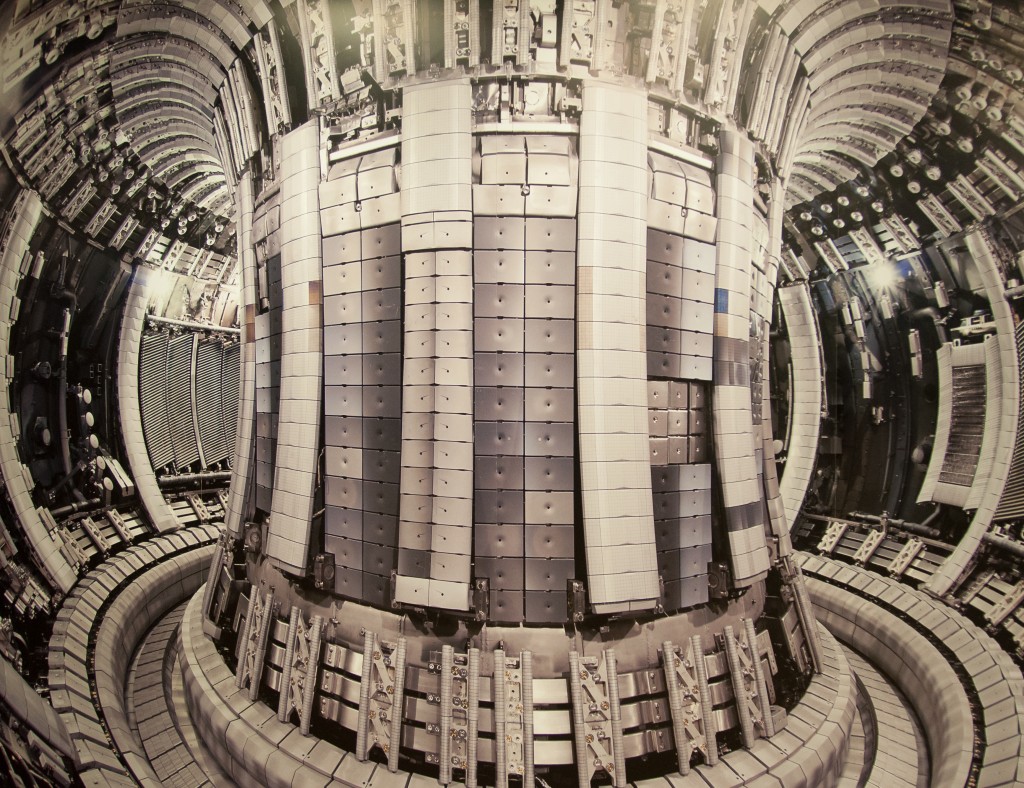Since the Big Bang explosion, the universe keeps expanding and the expansion is accelerating right now, while you are reading this post. However, we still don’t know if the universe will keep expanding forever or it will stop expanding and stay like that or it will collapse at some point in the future.
In the universe, there are approximately 1011 to 1012 galaxies and they are made of stars, gas, dust and dark matter.
Oh wait!! Dark matter? What is it?
The galaxies are rotating due to their gravity just like the way planets orbiting around the Sun. According to Newton’s Law of universal gravitation, gravity is proportional to the mass of the objects and inverse proportional to squared of the distance between them. Therefore, it is expected that the further a star is from the centre of the galaxy, the small its velocity is. In reality, however, when measure the rotational speed of stars in the outer region of galaxies, it turns out to be much much higher than the calculated values, so there must be a very large unseen mass other than ordinary matter that accounts for this . In 1933, Fritz Zwicky, a Swiss astrophysicist, came up with a hypothesis that there must be the existence of a type of matter that couldn’t be seen and he called it Dark Matter.
By using rotational speeds of galaxies, the mass of dark matter can be estimated. Surprisingly, dark matter accounts for more than 85% mass of matters in the universe. According to the standard model of cosmology, the universe is made of 5% ordinary matter (electrons, protons, neutrons…), 25% dark matter and the rest is dark energy (a hypothetical type of energy).
Yes, Dark Energy, you didn’t misread the term!
Without dark energy, the universe would collapse as with the large amount of dark matter and ordinary matter, gravity is very large and it could cause the universe to collapse. Dark energy provide the force that overcomes gravity and pushes the matters outwards. It is the reason why the universe is expanding.
However, we know very little about dark matter and dark energy. We don’t know the exact amount, or how they distribute in the universe. And they have become one of the most hottest topics in physics of this century.
As physicists believe that dark matter is composed of weakly interacting massive particles (WIMPs), so it can be detected by either direct or indirect methods. But with dark energy, physicists have no clues what it is so the only way to search for it right now is by indirect methods such as exploding stars, sound waves, distortions.

If we successfully confirm the existence of dark matter and dark energy, we will open the door that leads to the answer of the fate of the universe. However, it is still a long way to go until we can fully understand our universe. Therefore, the fate of the universe is still uncertain.
Ryan Tran.







